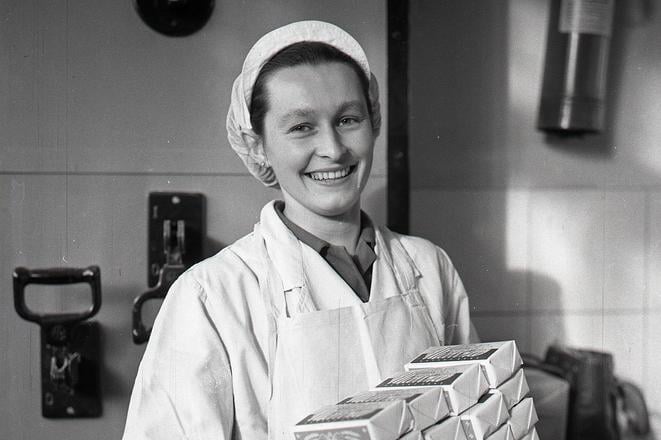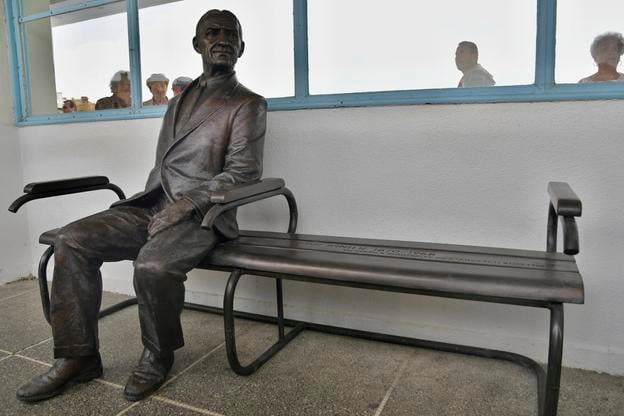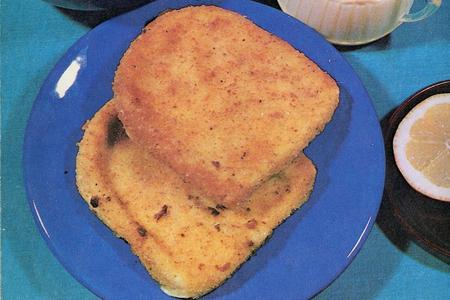To this day, crisp biscuits wrapped in paper, bearing the image of a little girl with pigtails and a young Indian boy, can still be found on the shelves of Slovak shops. Known as Marína and Indián, respectively, these biscuits rose to fame during the socialist era and were created by renowned entrepreneur Ľudovít Winter, who also helped elevate the Piešťany spa to prominence.
Following the Velvet Revolution in 1989, privatisation nearly brought an end to their production. Although the original manufacturer went bankrupt, the new owners continued to produce the biscuits.
The pink mill that was not pink
At the end of the First World War, Ľudovít Winter, then the leaseholder of the Piešťany spa, commissioned the construction of a mill in the town to provide flour for soldiers undergoing treatment there.
He named it ružový (meaning pink) after his stepdaughter Ružena, although the building itself was never actually pink. Nevertheless, the name has endured to the present day, despite the mill’s later conversion into a block of flats.
Following the founding of Czechoslovakia in 1918, Ružový mlyn became one of the most modern mills in the country, thriving even amidst strong competition. Its “branded flours” gained recognition not only in Czechia but also abroad. At its peak, it employed between 120 and 160 workers.
After the dissolution of Czechoslovakia and the establishment of the Slovak state in 1939, Winter’s Jewish heritage came under scrutiny. He was able to partially avoid Aryanisation – the forced seizure of Jewish-owned property – when Ružový Mlyn was transferred to a company in which Slovenská banka held a majority stake, with the remaining 49 percent of shares allocated to non-Jewish members of the Winter family.
The mill continued to prosper, producing 300 kilograms of pasta and 200 kilograms of biscuits daily.
Winter himself, however, was expelled from Piešťany. To avoid deportation to a concentration camp, he went into hiding until near the end of the war. In 1944, at the age of 74, he was arrested and deported to the Theresienstadt Ghetto in Czechia. Remarkably, he survived.





